Cover photo: David Mark from Pixabay
When we hear “Middle East” and “energy,” we instinctively picture an extensive network of oil fields pumping oil beneath the hot desert sands. Renewable energy may not be the first thing that comes to mind.
However, this might change in no time.
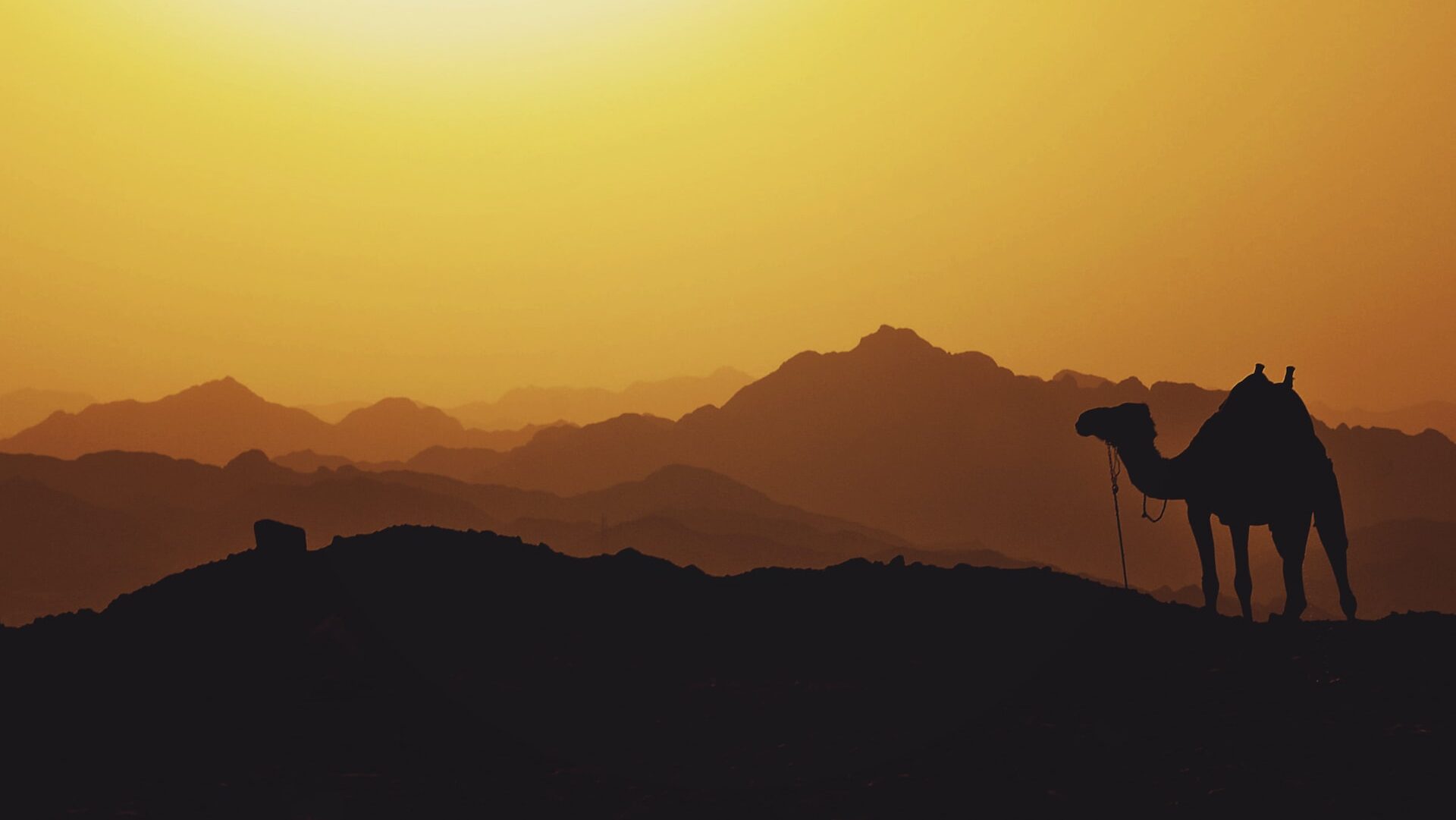
Countries in the Middle East are preparing themselves for a future without fossil fuels as the main energy source. They are aware that oil and gas won’t last forever.
Even though many nations in the region are still on their oil agendas to meet the global demand, several are already channelling substantial funding into renewable alternatives.
For instance, Saudi Arabia and the United Arab Emirates are diversifying their economies and growing in areas beyond oil and gas. Why? They want control over renewables, focusing on hydrogen.
To reach this goal, they have got the money, the geographical features, and the technical knowledge.
Today’s Focus of Attention is reader-supported. We sometimes include products we think are useful for our readers. If you buy through links on this page, we may earn a small commission.
A Perfect Location to Harness Solar and Wind Energy
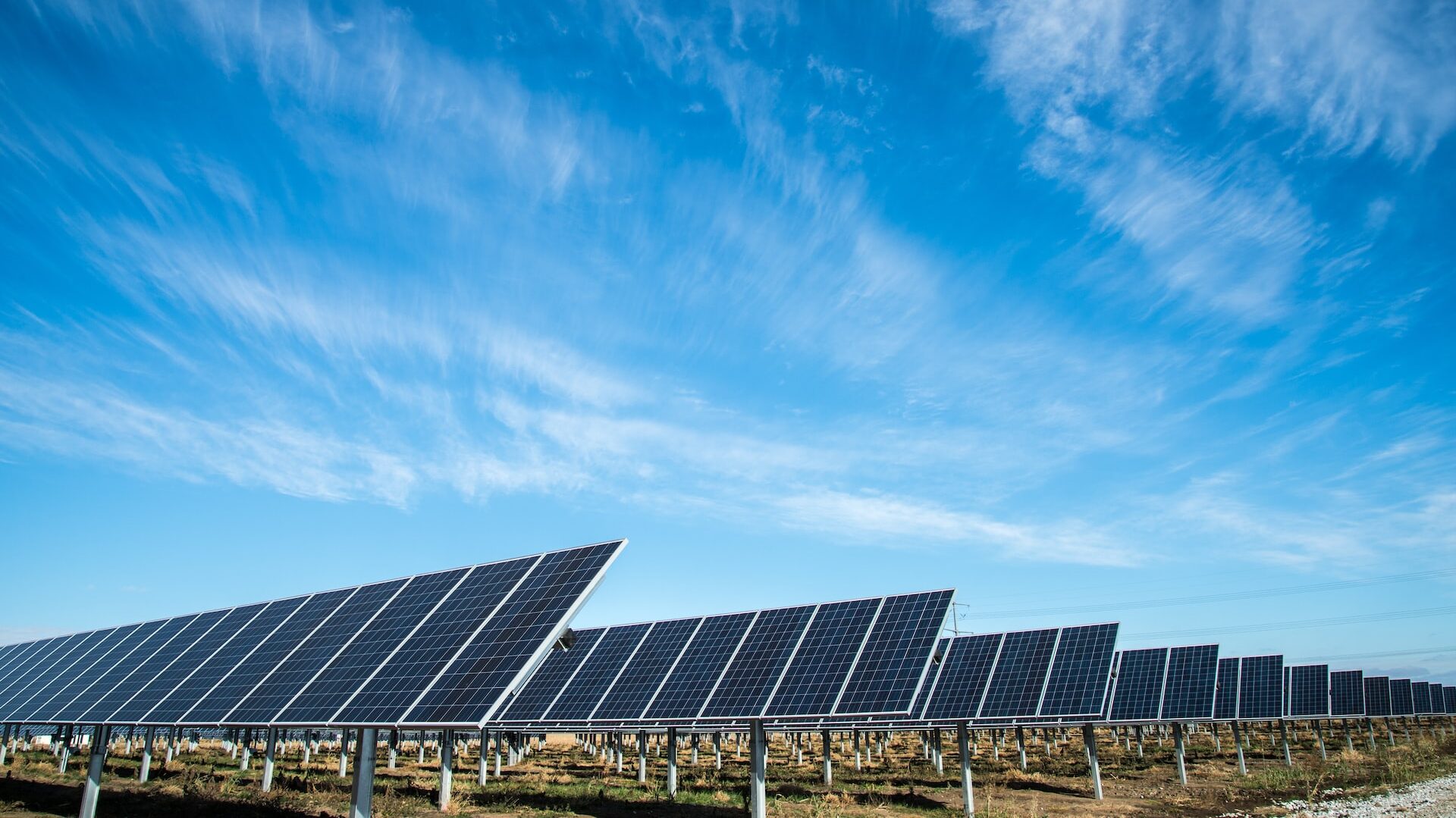
The region’s constant exposure to high solar irradiation and the persistent winds allows the development of massive zero-emission solutions.
And that’s exactly what Middle Eastern countries are working on, and they have big plans in that regard. Let’s have a look at the region’s current renewable energy capacity.
Solar farm capacity doubled to 40 GW between 2010 and 2020 and doubled again in 2024.
Not to mention that in the next five years, they will continue to bring into service more sun-powered plants to produce additional electricity.
Here’s an example. By 2030, Saudi Arabia will cleanly generate at least 50% of its energy through burgeoning solar projects and the installation of Carbon Capture and Storage (CCS) technologies.
Control Over the Green Business
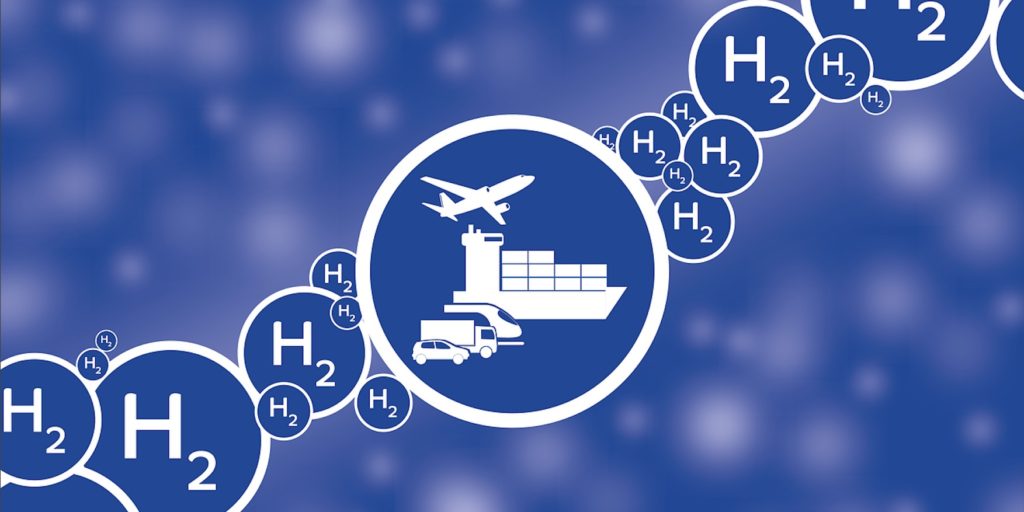
The current fossil fuel economy is transitioning to an eco-friendly model. Middle Eastern countries intend to lead this transformation.
To illustrate, the United Arab Emirates is working on an electrolyser with a 2 GW capacity, which is expected to be in operation by 2030. This $5bn project is a shared effort between the French company Engie and the Abu Dhabi-based firm Masdar.
Simultaneously, Abu Dhabi launched the first industrial green hydrogen plant. But why everything, everywhere, all at once?
What Is The Goal?
As for the UAE, its ambitious plan is to produce thousands of tonnes of hydrogen and to get at least 25% of the global market by 2030.
But Saudi Arabia and Oman are not at the end of the line. A $7bn project involving ACWA Power, Oman Oil, and Air Products is already under way. The idea behind this investment is to bring down the cost of green hydrogen to $1 per kg.
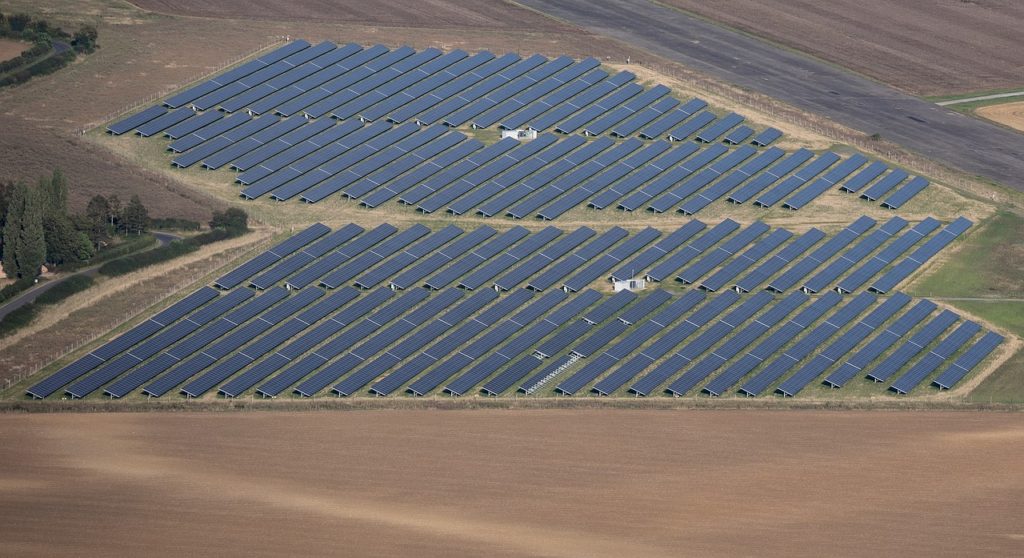
Up to now, the region has forty-six green energy initiatives underway with a combined value of $100bn. Multinational conglomerates from other latitudes, such as Siemens, seek to be part of these initiatives and are willing to invest.
Operations in the Middle East are growing at an astonishing rate, and recent developments suggest they might be scaling up faster than anticipated.
The Fastest-Growing Renewables Market Outside China
Until recently, the oil-rich United Arab Emirates had made plans for solar deployment—on par with the UK in terms of annual installation.
This changed with Masdar, the UAE’s state-owned renewable energy company, unveiling a $6 billion, 5-gigawatt solar plant at a trade fair in Abu Dhabi.
With over 19 GWh of battery storage, it will eventually provide a steady 1 GW output, powering over 700,000 homes, even after sunset.
But other related projects are catching attention. Saudi Aramco, for instance, announced a joint venture to produce lithium by 2027, an indispensable battery component for large-scale solar and wind power.
Gulf countries plan to use their vast supplies of cheap, clean electricity at home while reserving their lucrative oil and gas for global markets.
All these bold steps highlight a decisive pivot towards green energy and business, of course, revealing how serious the Middle East is about expanding its renewable sector.
But the Arabian Peninsula hosts the most ambitious project: a futuristic city concept.
NEOM—New Future
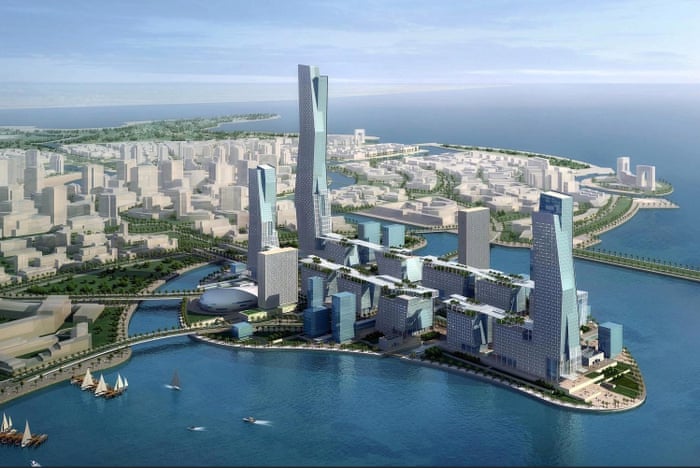
In the northwest of Saudi Arabia rises the planned megacity NEOM. This 26,500 km² city with no cars or roads won’t emit greenhouse gases and will be powered 100% by renewable energy while preserving 95% of the land for nature.
Although the construction of the cosmopolis has already started, many have doubts about its viability and consider it not to be achievable. Only time will tell.
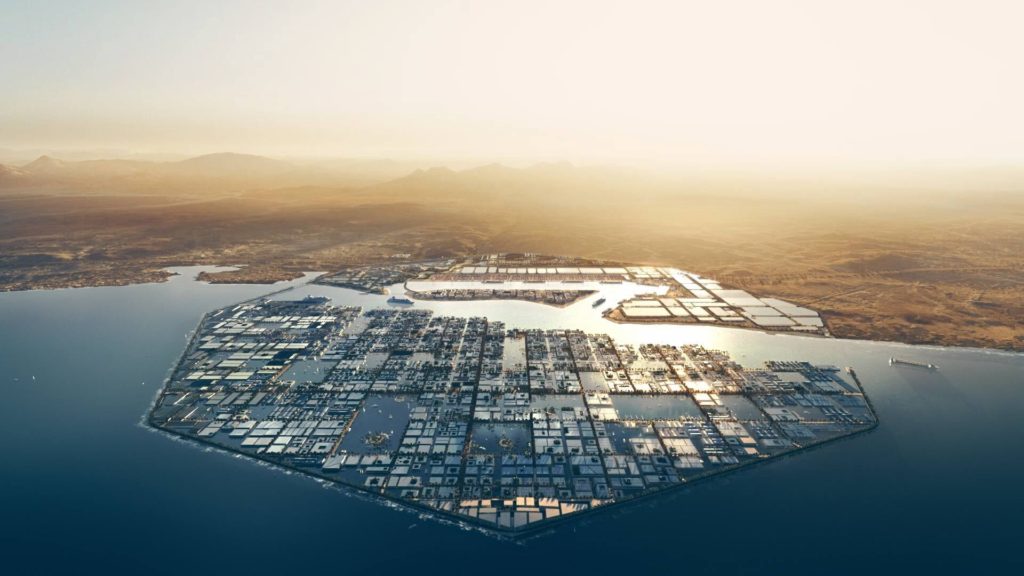
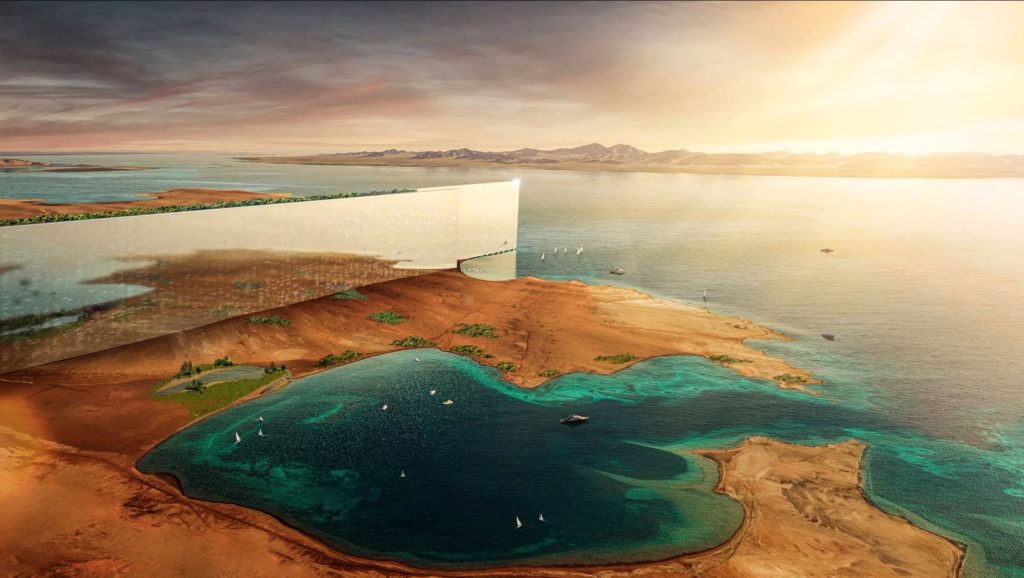
It’s no mystery that the Middle East is on track to become one of the biggest producers of clean energy and a major supplier of green hydrogen.
Middle Eastern states are putting in a lot of effort, attracting investors, and committing billions to massive solar projects, hoping to harvest results in a few years.
Their investments in renewables will for sure yield substantial benefits, and perhaps before long, the world will once again rely on the region for its energy needs.


